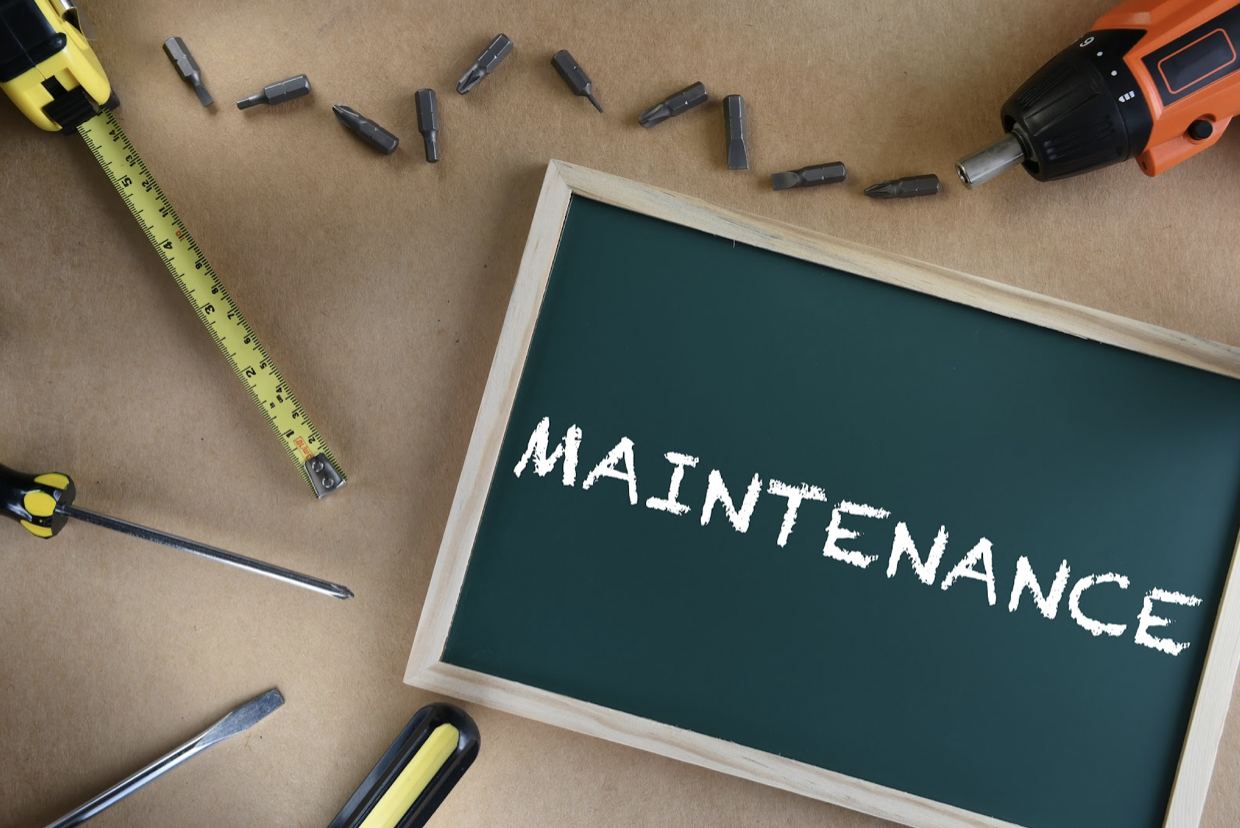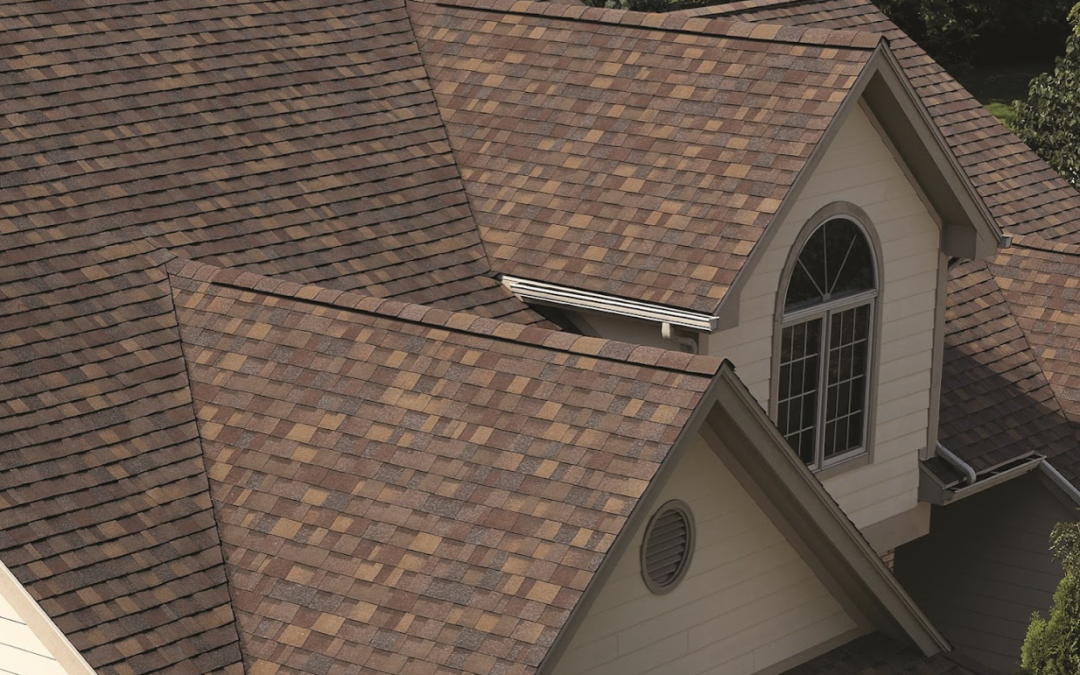Introduction
Keeping your asphalt shingles clean isn’t just about boosting your home’s curb appeal; it’s a vital step in safeguarding the overall health and durability of your house. For many homeowners, especially those of us who’ve seen a few decades, the idea of climbing up to the roof for a cleaning session might not sound like a fun way to spend a weekend. But believe us, dedicating some time to clear away those algae stains, moss patches, or just the usual dirt and leaves can save you from big headaches and even bigger repair bills down the line. This guide is focused on helping you clean your asphalt shingles effectively and safely, ensuring your home remains the comfortable sanctuary you cherish.
Asphalt Shingles: The Workhorse of Roofing
Asphalt shingles are by far the most common type of roof, beloved for their cost-effectiveness and durability. However, they’re prone to algae and moss, especially in damp climates.
- Cleaning Tips: Use a solution of water and mild, eco-friendly detergent. For algae, a mixture that includes a small amount of chlorine bleach can be effective, but rinsing thoroughly afterward is crucial to prevent any potential damage. Always apply with a low-pressure sprayer to avoid granule loss.
Preparing Your Roof for Cleaning

Before you dive into the cleaning process, a little prep work can make a big difference. Not only does it ensure a smoother cleaning experience, but it also protects your property and keeps you safe. Here’s how to set the stage for a successful roof cleaning day:
- Safety Gear: First things first, gear up for safety. Slip-resistant shoes will keep you steady on your feet, gloves will protect your hands from cleaning solutions, and safety glasses will guard your eyes against splashes.
- Roof Inspection: Take a good look at your roof from the ground, using binoculars if necessary. You’re checking for loose shingles, signs of damage, or areas with heavy moss or algae growth. Identifying these spots helps you tailor your cleaning approach and avoid causing further damage.
- Clear the Gutters: Clogged gutters can cause water to pool on your roof, leading to more algae and moss growth. Clearing them out ensures that water can flow freely away from your roof, making your cleaning efforts last longer.
- Protect Your Plants and Lawn: Cover nearby plants and grass with tarps or plastic sheeting to protect them from any runoff of cleaning solutions. Watering before and after the cleaning process can also help dilute any chemicals that reach them.
- Choose a Cloudy Day: Aim for a day that’s overcast but with little chance of rain. Too much sun can cause your cleaning solutions to evaporate too quickly, while rain can wash them away before they’ve had a chance to work.
- Gather Your Tools and Solutions: Make sure you have everything you need within reach — your chosen cleaning solution, a sturdy ladder, a garden hose with a spray nozzle, a pump sprayer for applying the cleaner, and a soft-bristled brush for any stubborn areas.
Step-by-Step Guide to Cleaning Shingles
Now that you’re all set, let’s get into the nitty-gritty of cleaning those shingles. Remember, gentle and steady wins the race.
- Start With Low-Pressure Rinsing: Begin by gently rinsing your roof with a garden hose fitted with a spray nozzle. This initial rinse helps remove loose debris and wet the surface, making the cleaning solution more effective.
- Apply the Cleaning Solution: Using a pump sprayer, apply your cleaning solution evenly across the shingles, starting from the top and working your way down. For areas with heavy growth, let the solution sit for a bit longer to break down the buildup.
- Gentle Scrubbing: For stubborn spots, use a soft-bristled brush to gently scrub the shingles. Be careful not to apply too much pressure, as this can remove granules from the shingles and shorten their lifespan.
- Rinse Thoroughly: Once you’ve applied and allowed the cleaning solution to do its work, rinse your roof thoroughly with the garden hose, again working from the top down. Inspect and Touch Up: After the roof has dried, take another look to check for any missed spots or areas that might need a bit more attention. A second, lighter application of the cleaning solution followed by rinsing can take care of these stubborn areas.
- Post-Cleaning Care: Once your roof is clean and dry, consider applying a preventative treatment to help inhibit the growth of algae and moss in the future. Products containing zinc or copper can be effective but make sure they’re suitable for your type of shingles.
Cleaning Do’s and Don’t’s

Do’s:
- Choose the Right Cleaner: Opt for a cleaner specifically designed for asphalt shingles. Avoid harsh chemicals like bleach, which can damage your shingles and harm surrounding vegetation. A mixture of water and white vinegar or a commercially available, eco-friendly roof cleaning solution is recommended.
- Gentle Application: Use a garden sprayer attached to a hose, filled with your cleaning solution. Start from the top and gently apply the solution downwards, ensuring even coverage without saturating the shingles.
- Patience Pays Off: Allow the solution to sit for 15 minutes and do its work. Algae and moss won’t disappear instantly; they’ll wash away with rain over time. For immediate results, gently scrub stubborn areas with a soft-bristled brush after letting the solution sit.
Don’t’s:
- No Pressure Washing: High-pressure water can damage the shingles, stripping away granules that protect your roof. Always opt for a gentler approach.
- Avoid Direct Sunlight: Cleaning on a sunny day can cause the solution to evaporate too quickly, reducing its effectiveness. Choose a cloudy day for your cleaning project.
- Don’t Neglect Safety: Never compromise on safety. If your roof is too steep or you’re unsure about handling the project, consider hiring professionals.
When to Call a Professional
There comes a time when even the most enthusiastic DIYer should step back and let the pros take over. When it comes to cleaning asphalt shingles, here are a few scenarios where calling in professional help is not just recommended, it’s essential:
- Steep and High Roofs: If your roof has a steep pitch or is particularly high, the risk of slipping or falling increases dramatically. Professional roof cleaners have the necessary safety equipment and training to navigate these challenges safely.
- Extensive Damage or Growth: If your roof is heavily infested with moss or algae, or if there are signs of significant wear and damage, a professional can assess the situation accurately. They have the tools and treatments to address these issues without causing further harm to your shingles.
- Health Concerns: Climbing ladders and working on roofs can be physically demanding. If you have any health or mobility concerns, it’s safer to let experienced professionals handle the job.
Maintaining Your Clean Roof

Regular Maintenance Tips:
Keeping your asphalt shingles clean isn’t a one-and-done deal; it requires ongoing attention. Here are some tips to keep your roof in top shape between major cleanings:
- Routine Inspections: Once a year, check for any signs of damage or emerging issues.
- Keep Gutters Clear: Once or twice a year ensure your gutters are free from debris to prevent water buildup on your roof, which can lead to algae and moss growth.
- Trim Overhanging Branches: Reducing shade on your roof not only helps prevent moss and algae but also minimizes the debris that falls on your shingles.
Preventative Measures:
To extend the time between cleanings and safeguard your roof’s integrity, consider these preventative strategies:
- Install Zinc or Copper Strips: These metal strips, placed at the roof’s peak, release ions that inhibit algae and moss growth when it rains.
- Choose Algae-Resistant Shingles: If you’re due for a roof replacement, consider investing in algae-resistant shingles, which have copper granules embedded in them to prevent growth.
Conclusion
Cleaning your asphalt shingles is more than a cosmetic endeavor; it’s an investment in your home’s future. Regular cleaning and maintenance not only enhance your home’s appearance but also protect its structural integrity. Whether you decide to tackle the job yourself or call in the professionals, the important thing is to take action. A well-maintained roof is key to a safe, comfortable home.
Has your roof been weathering the elements for over 20 years? It’s likely nearing the time for a replacement to ensure your home remains secure and visually appealing. Craig Gouker Roofing specializes in providing top-quality roof replacements with a focus on durability and customer satisfaction. Don’t wait for leaks or damage to become a bigger problem. Call Craig Gouker Roofing today to schedule your free estimate and learn how we can help protect your home with a new, reliable roof. Let’s give your aging roof the expert attention it deserves.
FAQs:
- How often should I clean my roof shingles?
- Typically, cleaning every 2-3 years is recommended, but this can vary based on local climate and the presence of overhanging trees.
- Can I use bleach to clean my asphalt shingles?
- While diluted bleach can be effective, it’s important to use it cautiously due to potential harm to vegetation and the risk of discoloring your shingles. Always rinse thoroughly after application.
- What’s the safest way to clean shingles without damaging them?
- Using a low-pressure garden hose and a soft-bristled brush with a suitable cleaning solution is the safest method. Avoid high-pressure washing to prevent damage.
- How can I prevent algae and moss from growing on my shingles?
- Keep trees trimmed to reduce shade on the roof, ensure good air circulation, and consider installing zinc or copper strips at the roof’s peak, which help prevent growth.
- Is it worth hiring a professional to clean my roof shingles?
- If you’re unsure about doing it yourself, have a steep or high roof, or if your roof is in delicate condition, hiring a professional is a wise investment for safety and effectiveness.
